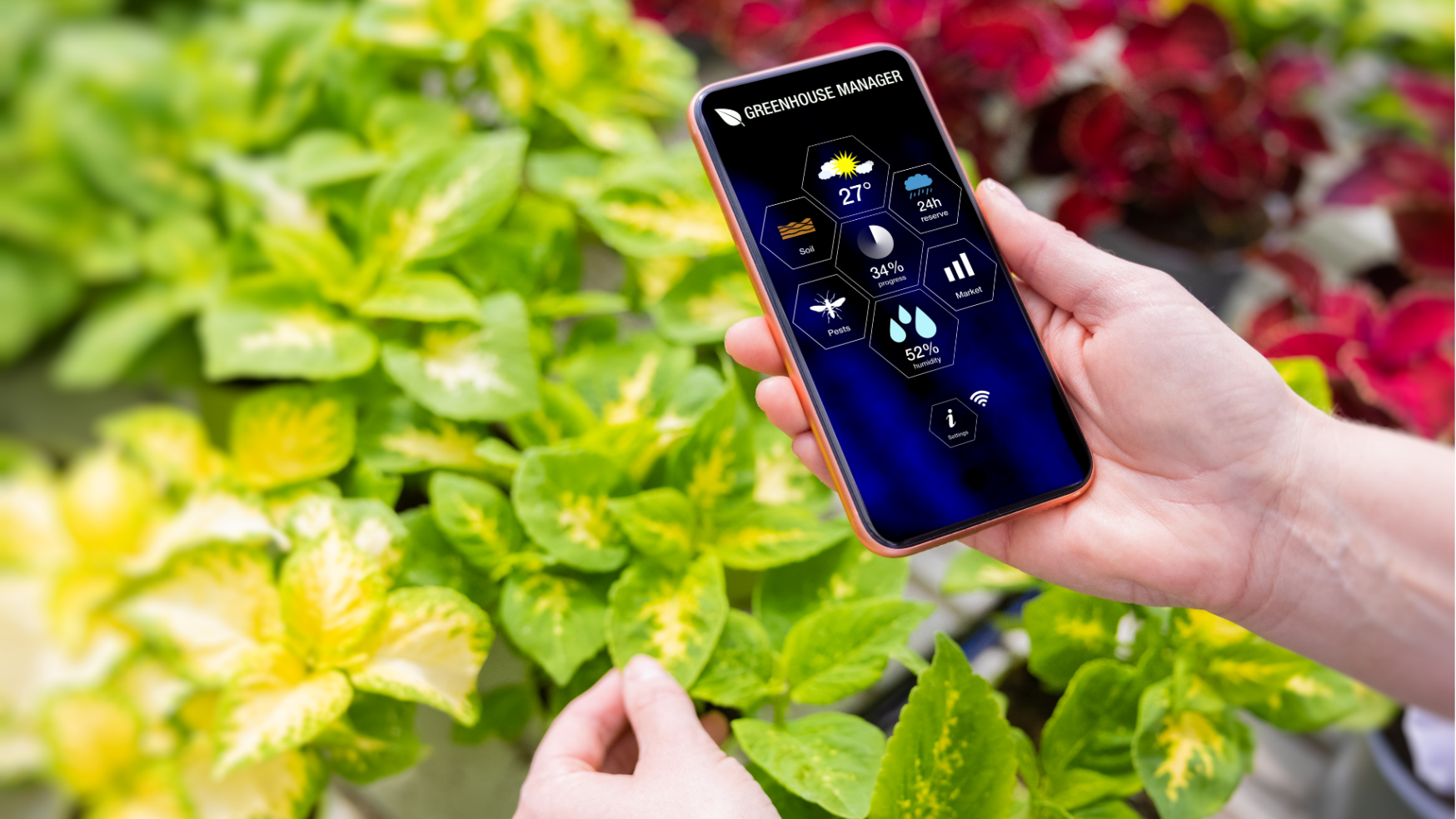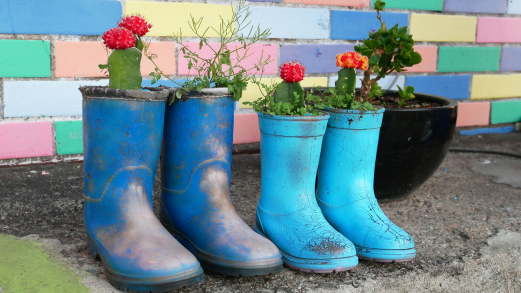As the cold of winter sweep across the landscape, many gardeners in the South of Australia retreat indoors, awaiting the warmth of spring to resume their gardening endeavours. However, for those eager or able to brave the cold and extend their green thumb prowess, mastering essential winter gardening skills is key to maintaining vibrant, thriving gardens year-round.
Before diving into winter gardening, it’s crucial to understand the unique needs of plants during this season. Many plants become dormant, requiring less water and nutrients. So do some animals but others require winter as part of their breeding cycle. Some plants, like winter vegetables and certain flowers, thrive in the colder temperatures. Understanding these differences is fundamental to successful winter gardening.
Below are some tasks you should be undertaking in the winter months.
Protection Your plants from the Frost and Cold
Frost and cold temperatures can wreak havoc on delicate plants. Learning how to protect your garden from frost damage is essential. Techniques such as covering plants with frost cloths, surrounding them with plant guards, using mulch to insulate the soil, and providing sheltered areas can help safeguard your garden against winter’s chill. Use spaces that have good thermal mass and create a source of warmth to help your plants grow.
Choosing Winter-Hardy Edibles
Selecting the right plants for your winter garden is crucial for success. Opt for cold-hardy varieties that can withstand freezing temperatures and shorter daylight hours. Winter vegetables like kale, spinach, carrots, turnips, broccoli, and other brassica are excellent choices for winter gardens.
Soil Maintenance
Healthy soil is the foundation of a thriving garden, even in winter. Prepare your soil by adding organic matter, such as compost or aged manure, to improve its structure and fertility. Well-draining soil is especially important during winter to prevent waterlogging, which can lead to root rot.
Watering Wisely
While plants generally require less water during winter, it’s essential to monitor soil moisture levels and provide supplemental watering when needed. Our winters are getting dryer, so don’t assume that they don’t need watering because its winter. Water plants in the morning to allow excess moisture to evaporate before nighttime temperatures drop, reducing the risk of frost damage. Read more on conserving water here.
Pruning, grafting and planting
Winter is an ideal time for pruning deciduous trees and shrubs, grafting onto them or planting new ones in your garden. They are dormant and less susceptible to the stress of these procedures. Remove dead or diseased branches, shape plants for optimal growth, and thin out overcrowded areas to improve air circulation are basic pruning you should be doing to keep your tree healthy.
Pest management
Many of our garden pests breeding cycles involve them going to roost in soil in larvae stage in winter, so good garden maintenance, such as removing debris and installing physical pest control devices in winter will enable you to be on top of pest once the warmth of spring arrives, when they normally spring into action.
Planning for Spring
While tending to your winter garden, don’t forget to plan for spring! Start seeds indoors for early spring planting, prepare garden beds, and make any necessary repairs or improvements to your garden infrastructure. By staying proactive, you’ll be well-prepared for the upcoming growing season.
Related Articles:
Citizen Science: A Pathway to Gardening Success and Biodiversity Conservation
In recent years, the realm of science has experienced a remarkable transformation, one that invites people from all walks of life to participate…
A Sustainable Gardener’s Guide to Thrifty Gardening
Creating an eco-friendly and cost-effective garden involves more than just nurturing plants; it's about adopting a sustainable approach that…
Climate Resilient Gardening
Introduction Gardeners in Australia are facing a race against time as they experience the growing impact of climate change in their own gardens. The…
Strawberries
I adore strawberries (Fragaria sp.), and one of my earliest memories is a birthday cake absolutely heaving under the weight of a sack full of home…




